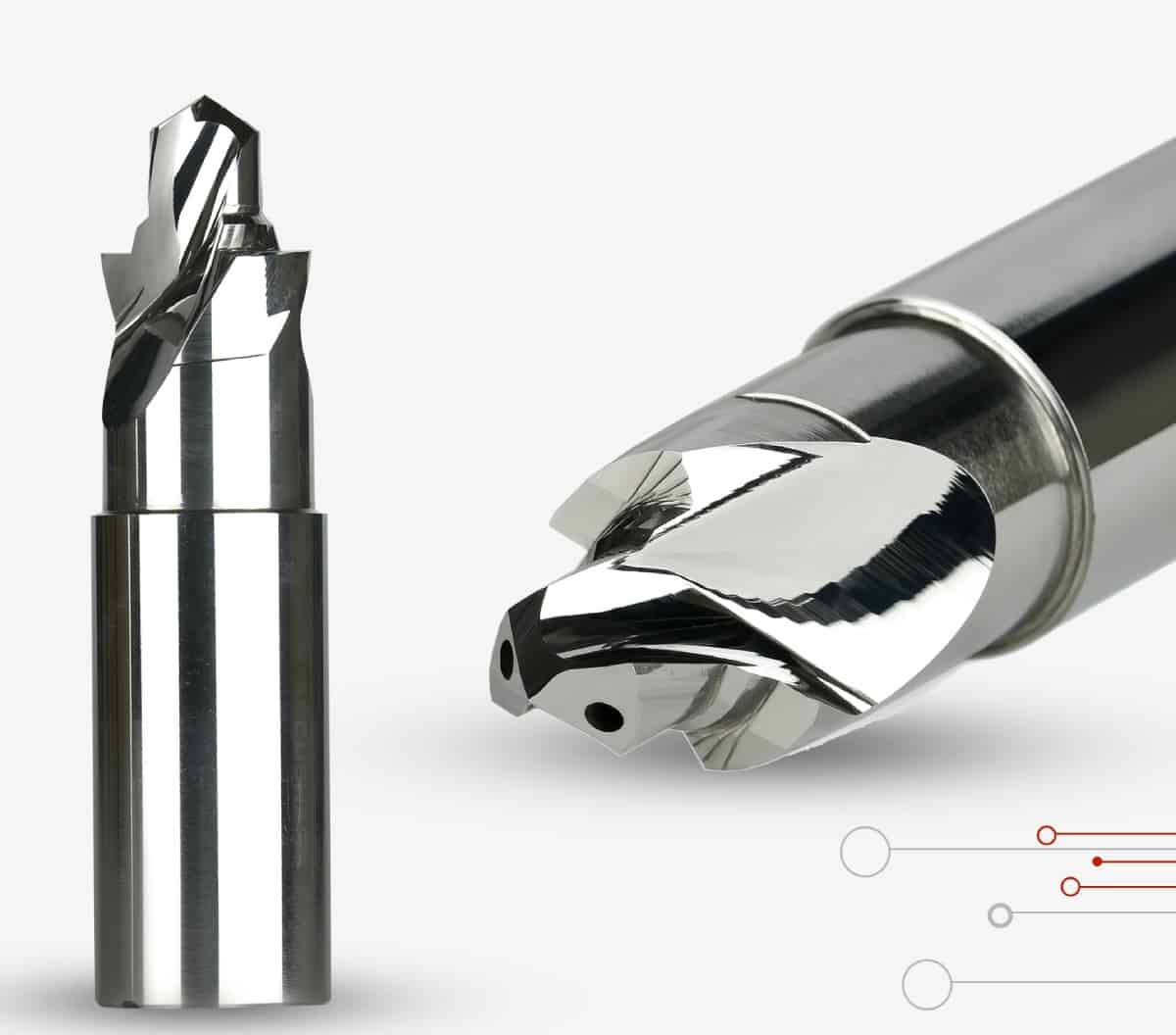In the ever-evolving landscape of manufacturing and machining, precision is paramount. One of the key players in achieving this precision is the use of cutting-edge tools, quite literally. Solid carbide cutting tools have emerged as stalwarts in the world of machining, offering unparalleled durability, precision, and versatility. In this blog post, we delve into the intricacies of solid carbide cutting tools, exploring what makes them indispensable in various industries.
Understanding Solid Carbide
Solid carbide, often referred to as tungsten carbide, is a composite material composed of tungsten and carbon atoms. Known for its exceptional hardness and heat resistance, solid carbide has become a preferred material for cutting tools in industries ranging from aerospace to automotive and beyond.
Composition and Properties
Solid carbide cutting tools are typically made through powder metallurgy, a process that involves blending tungsten carbide powder with a binder material, such as cobalt, followed by a high-temperature sintering process. The result is a hard, wear-resistant material that can withstand the demanding conditions of machining.
The primary properties that make solid carbide an ideal choice for cutting tools include:
- Hardness: Solid carbide is incredibly hard, ranking high on the Mohs scale. This hardness ensures that the cutting edges of the tools retain their sharpness even when subjected to abrasive materials.
- Heat Resistance: The ability to withstand high temperatures without losing hardness is a crucial feature of solid carbide. This property is vital in machining processes where tools encounter intense heat during cutting.
- Wear Resistance: Solid carbide cutting tools exhibit exceptional wear resistance, ensuring a longer tool life compared to traditional tool materials. This results in reduced downtime and increased efficiency in machining operations.
Types of Solid Carbide Cutting Tools
- End Mills: These tools are used for milling operations and come in various shapes and sizes. They are employed for contouring, slotting, and cutting in both roughing and finishing applications.
- Drills: Solid carbide drills are widely used for creating holes in materials. They are known for their precision and durability, making them suitable for a range of applications.
- Reamers: Reamers are used for enlarging and finishing existing holes to precise dimensions. Solid carbide reamers offer superior accuracy and surface finish.
- Taps: Solid carbide taps are employed for threading operations. They are designed to cut threads with precision and efficiency.
- Milling Cutters: These versatile tools are used for various milling operations, including face milling, shoulder milling, and profile milling. Solid carbide milling cutters provide excellent performance in terms of speed and precision.
Advantages of Solid Carbide Cutting Tools:
- Extended Tool Life: Solid carbide tools have a longer lifespan compared to traditional high-speed steel tools. This durability translates to cost savings and increased productivity.
- High Precision: The hardness and wear resistance of solid carbide contribute to high precision in machining operations. This is crucial for industries where tight tolerances are non-negotiable.
- Versatility: Solid carbide cutting tools can handle a wide range of materials, from soft aluminium to tough alloys and hardened steels. This versatility makes them suitable for diverse manufacturing applications.
- Reduced Downtime: The durability and wear resistance of solid carbide tools result in less frequent tool changes, reducing downtime and increasing overall machining efficiency.
Conclusion
Solid carbide cutting tools represent a pinnacle in the world of machining, offering a combination of hardness, heat resistance, and wear resistance that is hard to match. As industries continue to push the boundaries of precision and efficiency, the role of solid carbide cutting tools becomes increasingly vital. Whether it’s milling, drilling, or threading, these tools are the go-to choice for those seeking the perfect blend of durability and precision in their machining operations. As technology advances, we can only expect solid carbide-cutting tools to play an even more prominent role in shaping the future of manufacturing.


